The once-in-a-decade leadership handover in China is likely to have a greater effect than the recent US presidential election

After 18 months of campaigning and a cost of $6bn (€4.6bn), the 2012 US presidential election returned president Barack Obama to the White House by a clear margin. However, arguably for the first time in history, what ended up being the world’s most expensive tenancy renewal was eclipsed in its importance by the once-in-a-decade power transition that took place in China less than a week later.
Analysts agree that US influence and power are on the wane. Weighed down by a debt-laden economy at home, China’s rise in the east is the first real threat to US global dominance since the fall of the Berlin Wall. Key to any great civilisation is the strength of its economy, and while Obama’s first term won’t be remembered for his economic nous, his second may be defined by whether he can kick-start the US economy.
Central to this is the ‘fiscal cliff’ looming at midnight on 31 December 2012. Federal Reserve chairman Ben Bernanke has warned that, if realised, the cliff “would pose a substantial threat to the recovery [and] … send the economy toppling back into recession”. Even if Obama and Congress agree on stop-gap measures to stave off the $560bn-worth of higher taxes and spending cuts as is expected, Obama will be compelled to deliver more permanent policy change in 2013 that will rein in spending while sustaining growth within the fragile economy.
Fall and rise of two superpowers
So dire is the state of the US economy that the national debt is increasing by more than $1 trillion per year and is rapidly approaching the revised debt ceiling of $16.4 trillion that was agreed at the eleventh hour in mid-2011. In February or March 2013, the country will reach the debt limit once again and another debacle would further damage confidence in an economy constrained by the current partisan nature of US politics.
Forecasts released by the Organisation for Economic Co-operation and Development in November predicting China will become the largest economy in the world by 2016 have added to the USA’s woes. Government stimulus in China has left the country relatively unaffected by the crises in the West, and the Chinese economy has grown at a rate of 8% or more every year since 2000. With a projected middle class of 607 million by 2020, even if it isn’t afforded the same standard of living (once) enjoyed in the West, its sheer size will create an internal economy unparalleled in scale.
This is of course supposing all goes to plan for the newly appointed seven-member Politburo Standing Committee (PSC) headed by new party secretary general Xi Jinping. A decade of uncontrolled growth has left China in need of major economic reforms to rebalance the economy away from its focus on exports and public investment, and Xi’s oversight of this transitional phase in China’s burgeoning development model will be key to his leadership and the legitimacy of the Chinese Communist Party (CCP) to manage the economy.
‘The government is at a crossroads now and has even recognised openly that it cannot delay the structural reform it has promised for so long’
Guo Yu Maplecroft
Asia analyst at global risk and strategic consulting firm Maplecroft Guo Yu says: “The main success story in China for the last few years is the rapid growth at very high levels, obviously boosted by heavy government investment in infrastructure and with the support of the external trade-led development model. But the government is at a crossroads now and has even recognised openly that it cannot delay the structural reform it has promised for so long.”
However, the decision to leave prominent reformists, such as Wang Yang and Li Yuanchao, out of the new PSC hasn’t gone unnoticed. While foreign diplomats have praised Xi by for his liberal pro-business attitudes, the appointment of older and more moderate members to the PSC implies the CCP has decided to take a cautious approach in the first half of Xi’s leadership to maintain stability in a party rocked by instances of corruption and political scandal within the past year.
Guo says: “The outlook for the economy is good. They will focus on quality rather than quantity. It may not be double digit, but it will be between 7% and 8% growth for the next three to five years.
“We may not see fundamental change in terms of restructuring the economic growth model during [this time], but gradual reform will have to be implemented in the long run.”
Interestingly, the party’s deference to seniority now may give Xi the opportunity to bring in political and economic reformists further down the line. The new leaders promoted to the PSC are 64 years old or older. Of the seven members, all but Xi and the state council premier Li Keqiang will have to retire in five years, after one term, in accordance with the Party Constitution, possibly when the economy is sufficiently mature to implement more structural changes, such as internationalising the Rimnibi and allowing more foreign investment into the country.
Another obstacle to reform in China comes from state-owned enterprises (SOEs), which have become powerful following the stimulus package. As the main source of growth in local economies over the past few years, SOEs have been elevated and exert powerful influence on policy-making. “Many [SOEs] have close, if not direct, connections with top-level politicians,” Guo says. “Several are run by the children of prominent senior officials, and many chief executives or chairmen in those companies have a dual position in the CCP as well.” Therefore, the party would have to be careful to ensure that any reforms to open the Chinese market to competition would do so without compromising the institutionalised political structure.
Although China will continue to grow in the short term, political and economic reform is essential to its medium- to long-term ascension as the dominant world superpower. The problem is that maintaining stability has been at the top of the CCP agenda for many years and has ingrained a reluctance to risk instability in the party consciousness. If, however, the party fails to pursue meaningful social and economic reform, then increased levels of social discontent are likely to ensue. Something’s got to give.
To see graphs of China’s population and GDP, click here.





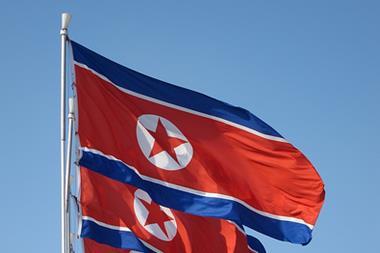
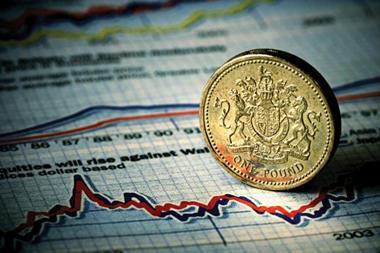
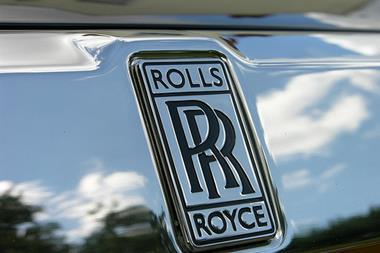

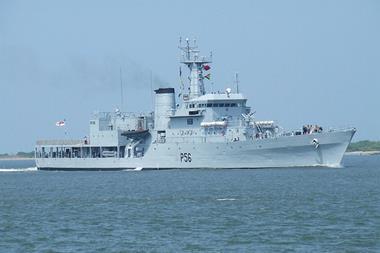
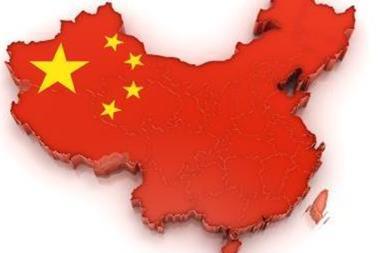
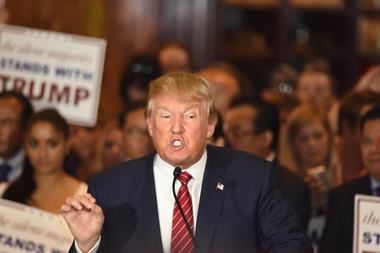

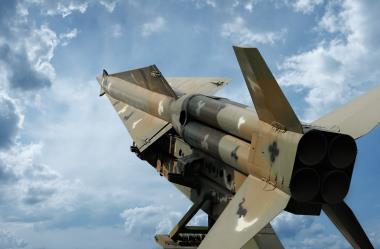

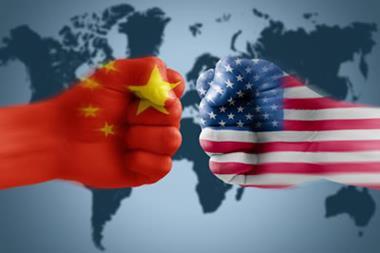




No comments yet